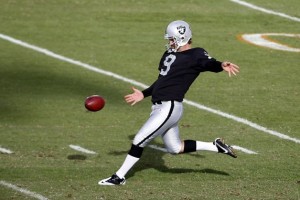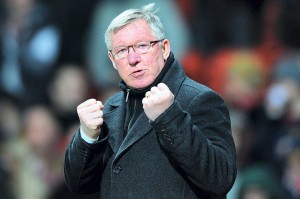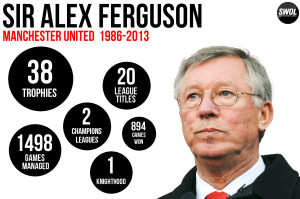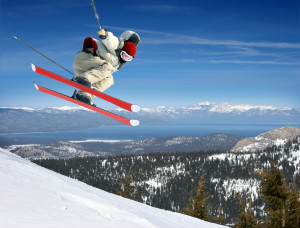 In American football, this analogy references the idea of the punter having such a good kick, that he out-kicked his special team’s coverage. The tremendous kick has the cover team out of position at no fault of their own. As a result, the kick returner is able to capitalize and runs the kick back for a game swinging touchdown! It is hard to find a more disappointing and pivotal play in sports than a punt return for touchdown against your team!
In American football, this analogy references the idea of the punter having such a good kick, that he out-kicked his special team’s coverage. The tremendous kick has the cover team out of position at no fault of their own. As a result, the kick returner is able to capitalize and runs the kick back for a game swinging touchdown! It is hard to find a more disappointing and pivotal play in sports than a punt return for touchdown against your team!
In channel marketing & sales, we are starting to out kick the coverage. There is no doubt, channel marketing automation tools and channel sales tools are more advanced and effective than ever. However, is that a bad thing? Should we tell the punter to not kick it so far?
Of course not! Bombs away! But, we do need to rethink our coverage team and plan. Your channel and alliance managers need to adjust to the terrific “kick” and provide even deeper coverage. The booming kick isn’t a reason to scratch the play… its reason to sprint harder, faster, further. Just like the booming technology is reason to increase your relationship efforts and understanding with your channel partners. Too many think the marketing automation and sales tools are reason to let up. Wrong! In fact, more than ever we need to “up” our coverage. Channel Account Managers (players) shouldn’t take the play off and Channel Chiefs (Head Coaches) need to remember how vital good players are to winning. A good kicker is a huge asset but don’t stop coaching and properly incentivizing your cover team.
Take note and make some half-time adjustments that put your channel reps back in position to execute.
As always, please send me a note with your thoughts and your experience.
Move the Channel,







